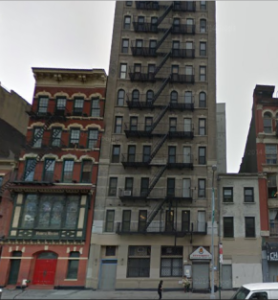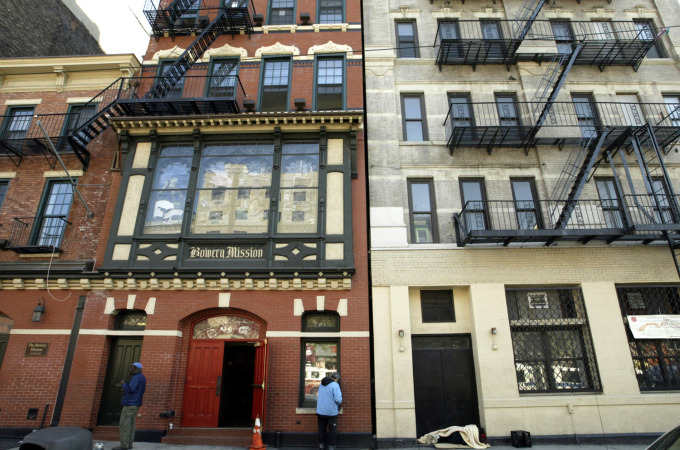
Councilwoman Margaret Chin
After losing a battle for historic building status and a turnaround by a city councilwoman, the oldest building on The Bowery was demolished earlier this year, and the land it was built on is now up for sale.
Originally Councilwoman Margaret Chin had supported landmark status for the Federal-style; three-story building at 135 Bowery, built in 1817, making it the oldest building on the boulevard, and landmark status was granted. Later, however Chin changed her mind when First American International Bank assured her and the City Council that they would create affordable office space in the new seven-floor building, and its landmark status was revoked.
The revocation was exactly one year ago, when the Council voted 49-1 to remove its protection from the wrecking ball. That led the way, fast and furious, to the destruction of the building, upsetting neighbors, local preservationists, and historians.
And now add insult to injury. First American International Bank, which owned the building and property since 2007, is selling out to the tune of $8.5 million. The sale is being handled by Massey Knakal. Here is the ad. In case you were wondering which side of the street 135 Bowery was on, its not what it says below. The now sadly empty lot is on the east side of The Bowery.
135 Bowery is a prime development site located on the west side of Bowery between Grand and Broome Streets. The property was recently demolished and the foundation for the new development has recently been installed. There are DOB approved plans and permits issued for a 20,427SF building (including cellar), consisting of an 8 story commercial loft building with retail on the ground floor.
The Bowery was recently added to the State Register of Historic Places, an important step towards being added to the National Register of Historic Places. Both lists indicate the likelihood of the Bowery’s future landmarking and potentially being designated a historic district, which will have no effect on the current development but will limit the development of the surrounding buildings.
ICAP tax benefits have been applied for and the New York City Department of Finance has verified that the application is approved. The property will receive an annual abatement of approximately $72,000 over a 10-year period starting in mid-2013. The development of this property would be ideal for a commercial user, non-profit institution or investor.









